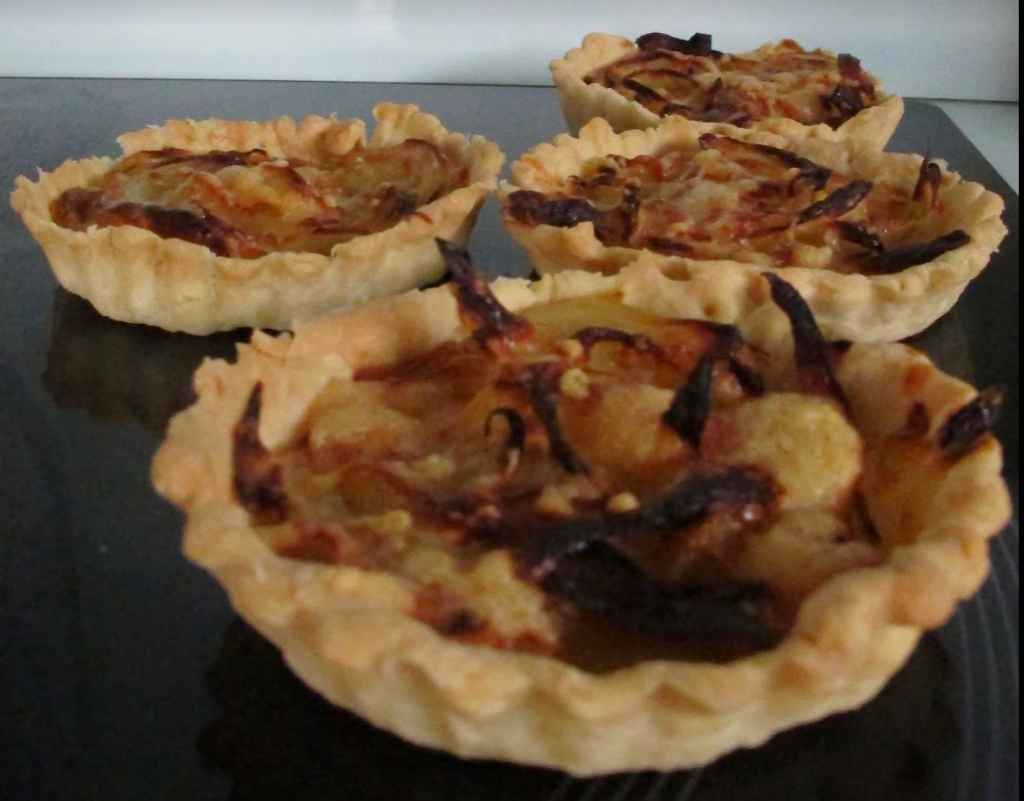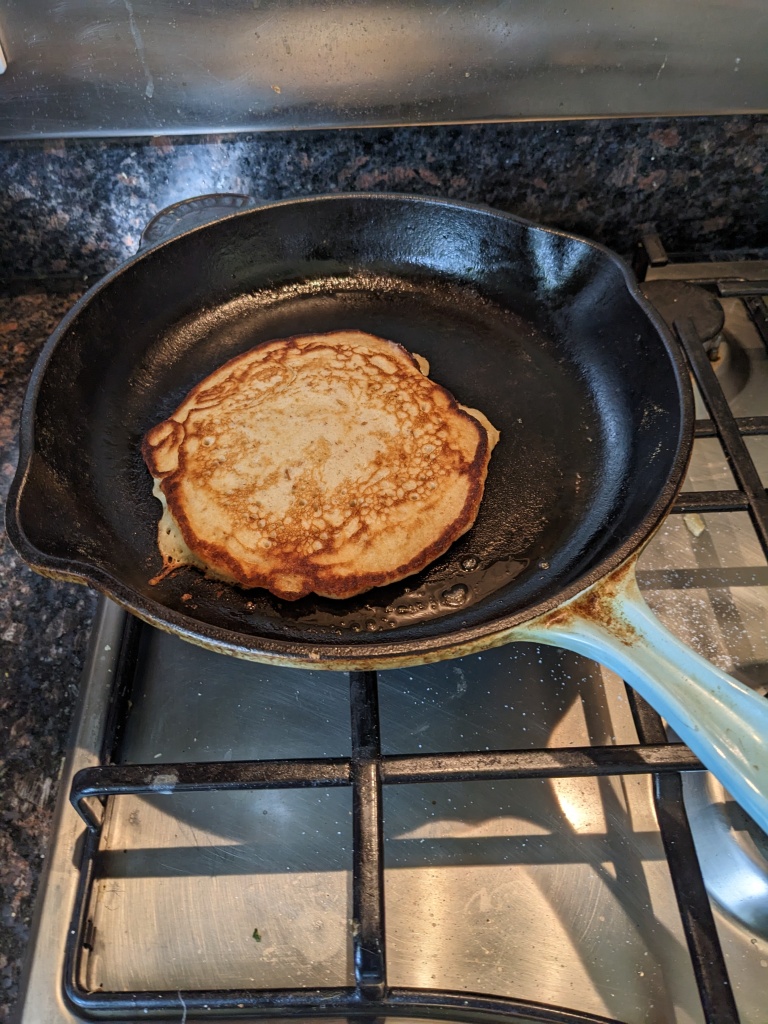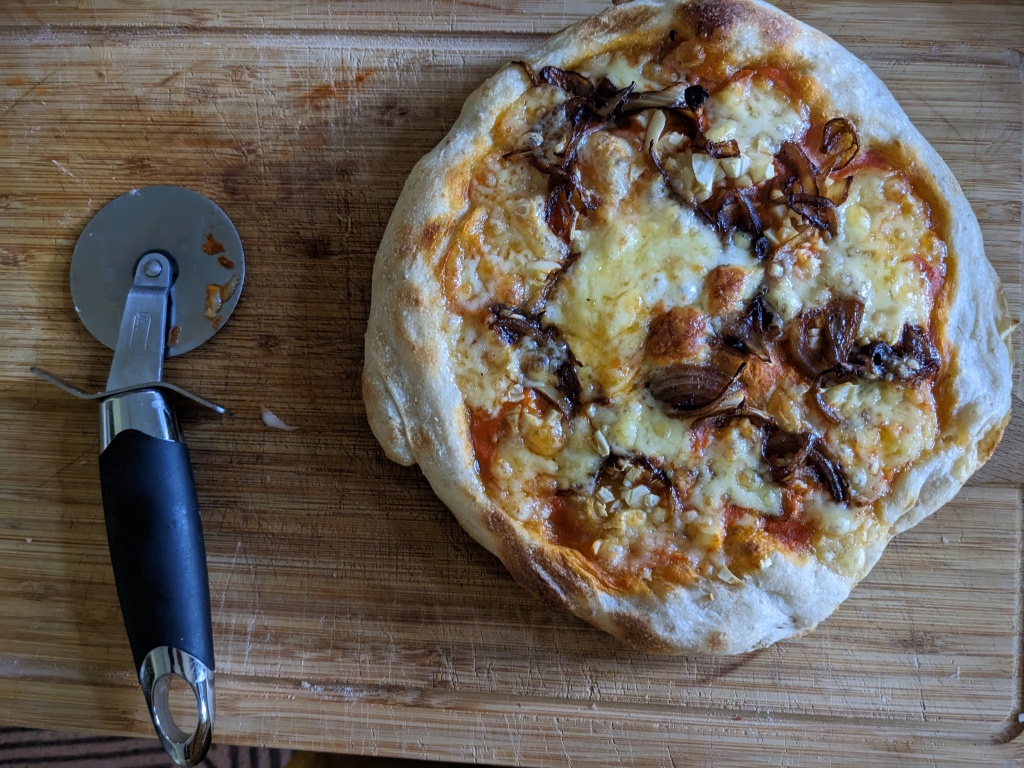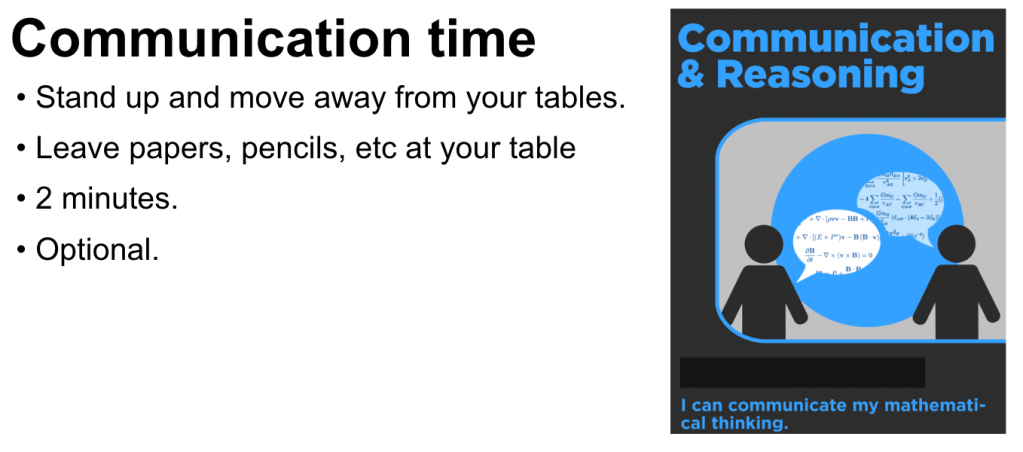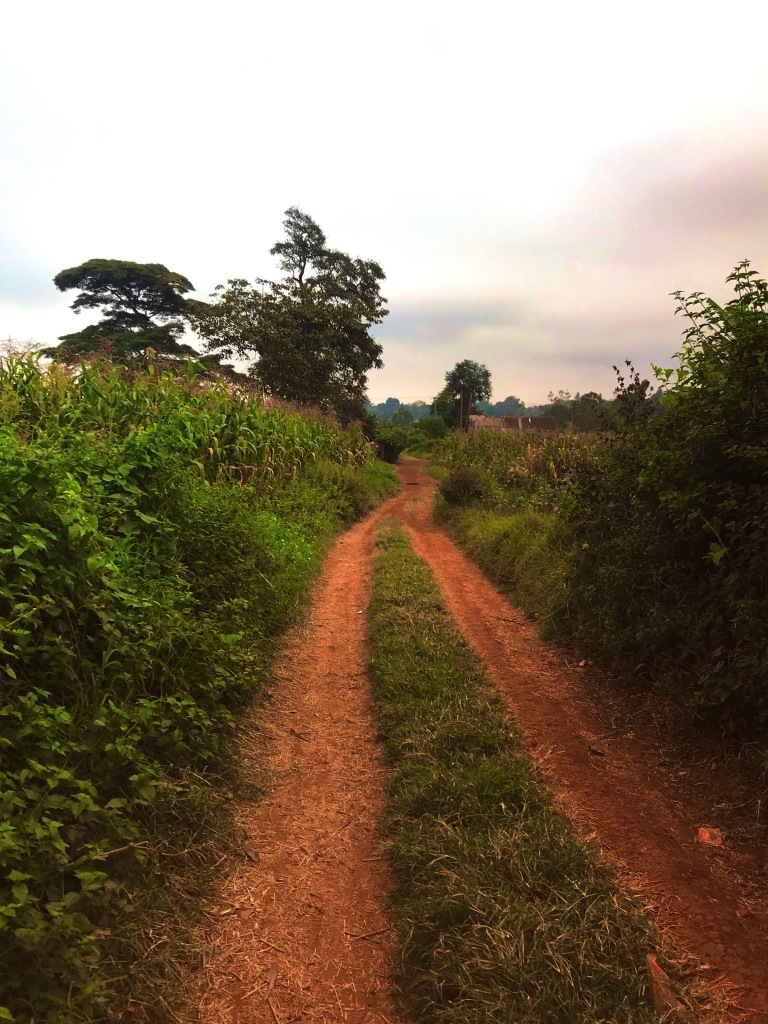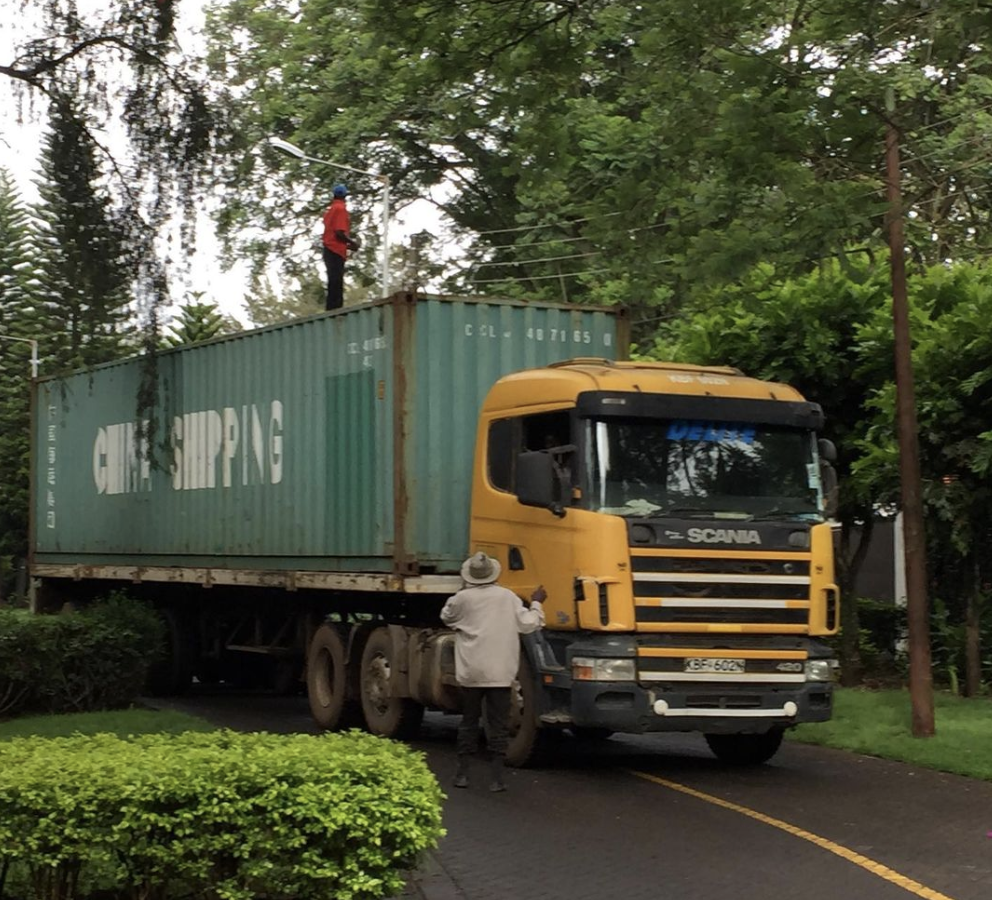It’s early in the morning and the darkness from all the clouds makes it seem even earlier. I’m under the covered space on the roof pedalling away on my bike. There are wet spots around from the driving rain over night. One ear is connected to music but the other is taking in the sounds of the morning. Today, the few birds who love calling out before sunrise have been silenced by the rain and the stillness is punctuated by thunder. It’s music to my ears.
Kenya is struggling in a drought. I don’t have a lot of experience with the weather here but in conversations I realize how big of an issue it is. It doesn’t feel as if we’ve had good rain since August. The ‘short rain’ season of November and December was a bust and there has not been any rain since.
The drought, which is actually spreading over several years but has recently seemed as it has intensified, is wreaking havoc for wildlife species. A quick search regarding the drought and a major national park (Amboseli), provides pages of heartbreaking information.

As the rain intensified during my morning ride, I hoped that the water was coming down across Kenya and not just Nairobi. I hope that the animals and humans in the severe drought areas find relief and that water levels soon begin to rise.



